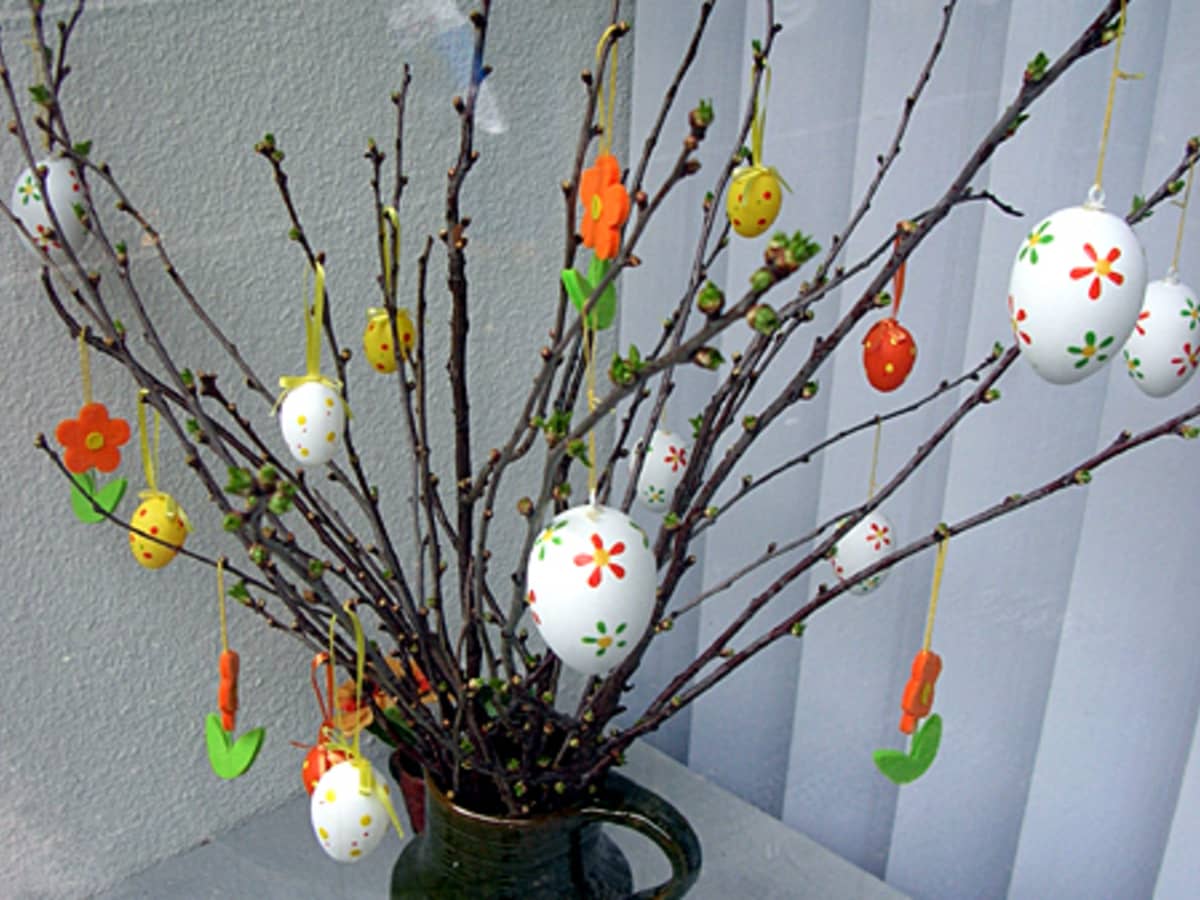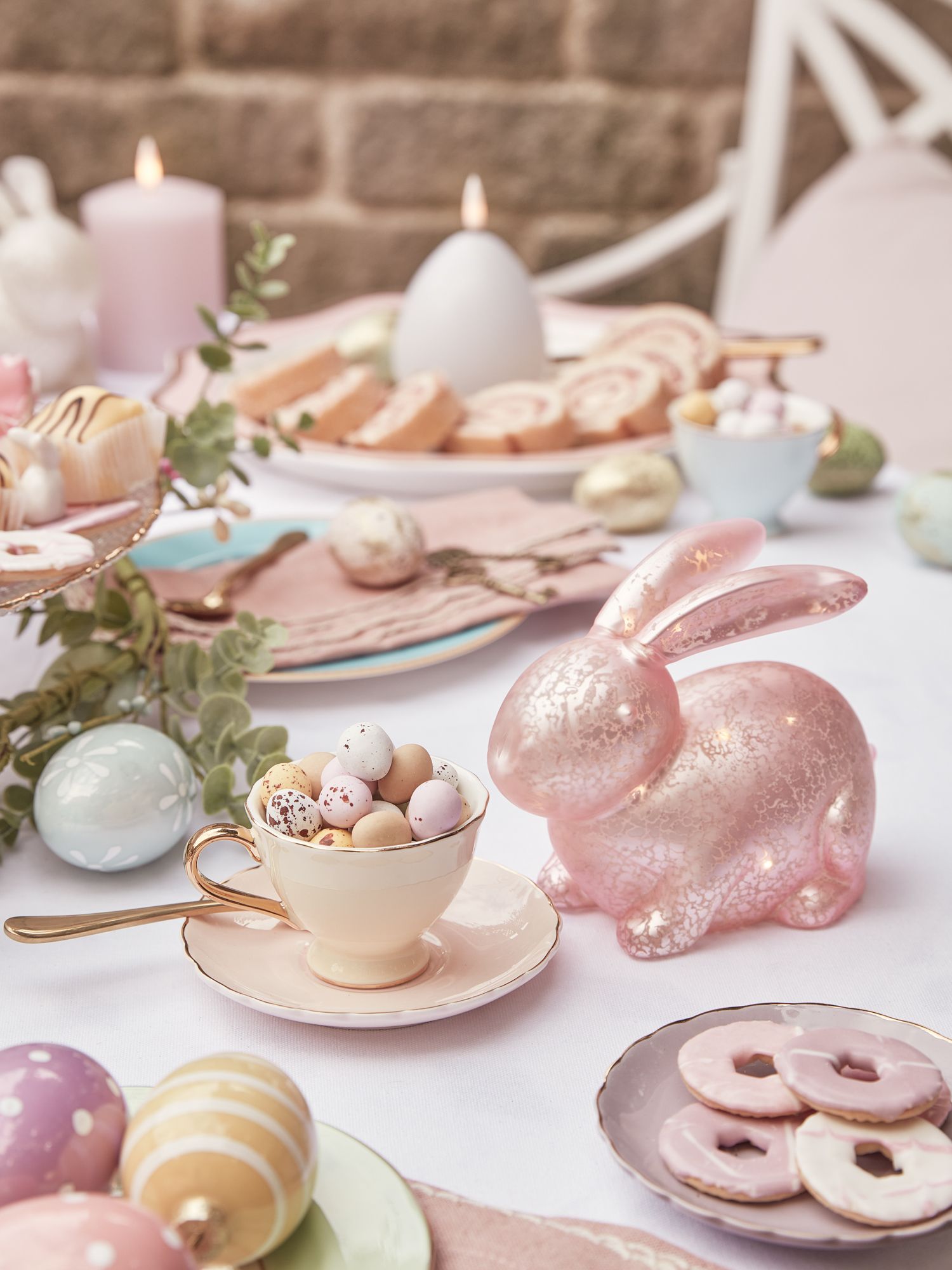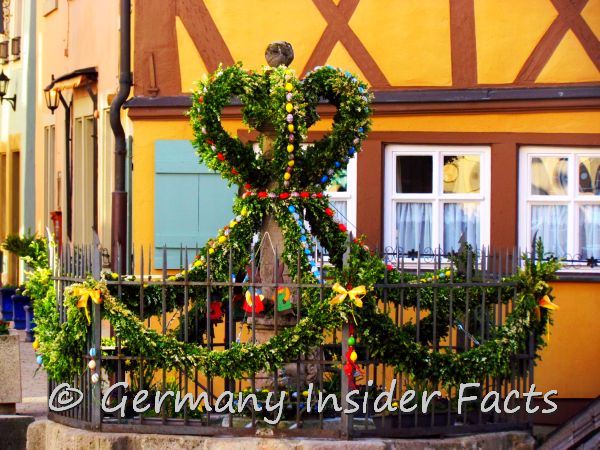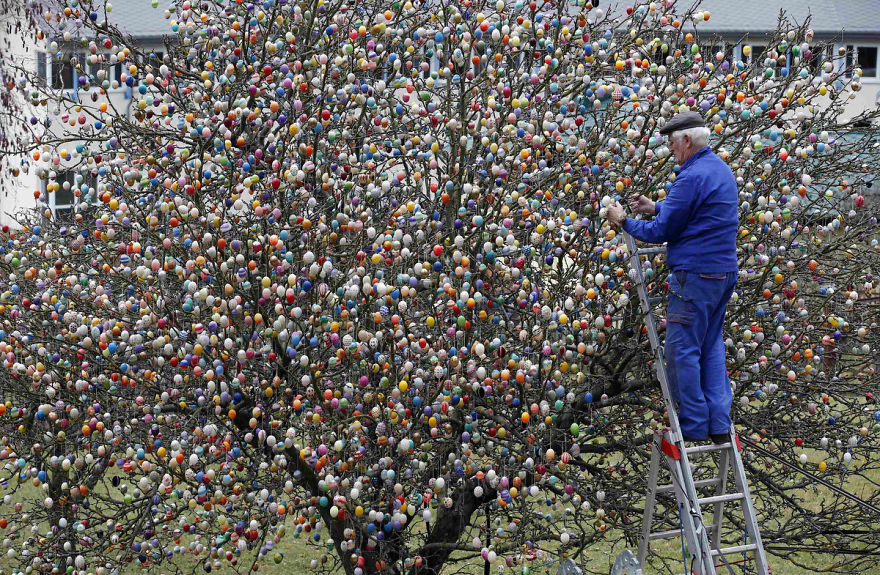Explore the rich traditions and modern interpretations of German Easter decorations. From vibrant colors to intricate designs, learn how to create a festive atmosphere in your home this Easter!
Understanding the Tradition of Easter in Germany
Easter, or Ostern, is one of the most celebrated holidays in Germany. It’s not just a religious occasion; it’s a time for family, feasting, and decorating. Germans take pride in their Easter decorations, which blend tradition with creativity.
In my own experience, participating in the Easter customs has transformed my understanding of this festive season. Every year, I look forward to decorating my home, which becomes a centerpiece for family gatherings.
The Essence of German Easter Decorations
When it comes to German Easter decorations, several key elements come into play:
- Colorful eggs – Hand-painted or decorated, they symbolize new life.
- Bunny figures – These are often made from wood or fabric.
- Spring flowers
- Natural elements
– Including tulips, daffodils, and hyacinths, which add freshness.
– Branches adorned with eggs and feathers are common.
Types of German Easter Decorations
Traditional Easter Eggs
German Easter eggs are known for their unique designs and elaborate patterns. They are often made from blown eggs, wood, or ceramic. The most common decorative styles include:
| Type | Description | Pros | Cons |
|---|---|---|---|
| Blown Eggs | Delicate and often hand-painted, these eggs are beautiful but fragile. | Stunning designs, great for hanging. | Easily breakable. |
| Wooden Eggs | Durable and often painted with charming motifs. | Long-lasting and kid-friendly. | Less authentic than real eggs. |
| Ceramic Eggs | Heavy and vibrant, suitable for table displays. | Sturdy and beautifully crafted. | Can be expensive. |
Osterbaum (Easter Tree)
One of the most delightful traditions is the Osterbaum, or Easter tree. This decorative tree is adorned with colorful eggs and often features a theme that reflects the family’s style.
How to Create Your Own Osterbaum
- Choose a suitable branch or small tree.
- Decorate with strings of eggs, ribbons, and spring flowers.
- Place it in a prominent spot in your home.

Spring Flower Arrangements
Incorporating spring flowers into your decorations adds a fresh and lively touch. Common flowers used in German Easter decorations include:
- Tulips
- Daffodils
- Hyacinths
Arranging these flowers in vases or pots can create stunning focal points in your home.
Modern Trends in German Easter Decorations
While traditional decorations hold a special place in hearts, modern trends are also gaining traction. Here are some contemporary styles to consider:

Minimalist Designs
Emphasizing simplicity, minimalist designs focus on using fewer decorations with clean lines. Think of a single pastel egg in a clear vase with a few green branches.
Eco-Friendly Options
With a growing interest in sustainability, many are opting for eco-friendly decorations. These can include:
- Natural materials like jute and burlap.
- Recycled decorations and upcycled items.
- Plants instead of cut flowers.

DIY Projects
Creating your own Easter decorations can be a wonderful family activity. Here are some ideas:
- Decorate eggs with natural dyes from vegetables.
- Make bunny figures from felt.
- Create table centerpieces using branches and flowers from your garden.
Where to Buy German Easter Decorations
If you’re not into DIY, there are plenty of places to purchase authentic German Easter decorations. Here are some options:
- Local German markets or specialty stores.
- Online retailers such as Amazon or Etsy for handmade items.
- Local craft fairs and artisan shops during the Easter season.

Tips for Displaying Your Easter Decorations
Once you’ve chosen your decorations, displaying them effectively can enhance their beauty. Here are some tips:
Utilize Different Heights
Layer decorations at various heights using stands or pedestals for visual interest.
Mix Textures
Combine different materials such as wood, glass, and fabric to create depth.

Incorporate Seasonal Colors
Pastels and vibrant spring colors can enhance the festive atmosphere. Consider using soft greens, yellows, and blues.
Personal Touch: Sharing My Experience with German Easter Decorations
Each year, I look forward to the family tradition of decorating for Easter. My children and I gather old decorations, buy new ones, and create beautiful displays together. This activity not only beautifies our home but also strengthens our bonds as a family.
We typically start by painting eggs, which is always a fun and chaotic experience! Each egg is a canvas, and the creativity shines through. Afterward, we move on to setting up our Osterbaum, which often becomes the centerpiece of our dining table during Easter brunch.

Frequently Asked Questions
What are the most popular German Easter decorations?
Popular decorations include decorative eggs, bunnies, and floral arrangements. Traditional items like the Easter tree (Osterbaum) are also commonly seen.
How do I make my own Easter decorations?
You can paint eggs, create bunny figures from felt, or arrange spring flowers in creative ways. The key is to embrace your creativity!
Where can I find authentic German Easter decorations?
Local German stores, online marketplaces like Etsy or Amazon, and craft fairs during the Easter season are great places to find authentic items.
What colors are typically used in German Easter decorations?
Traditional Easter colors are soft pastels, including pinks, blues, yellows, and greens, reflecting the arrival of spring.